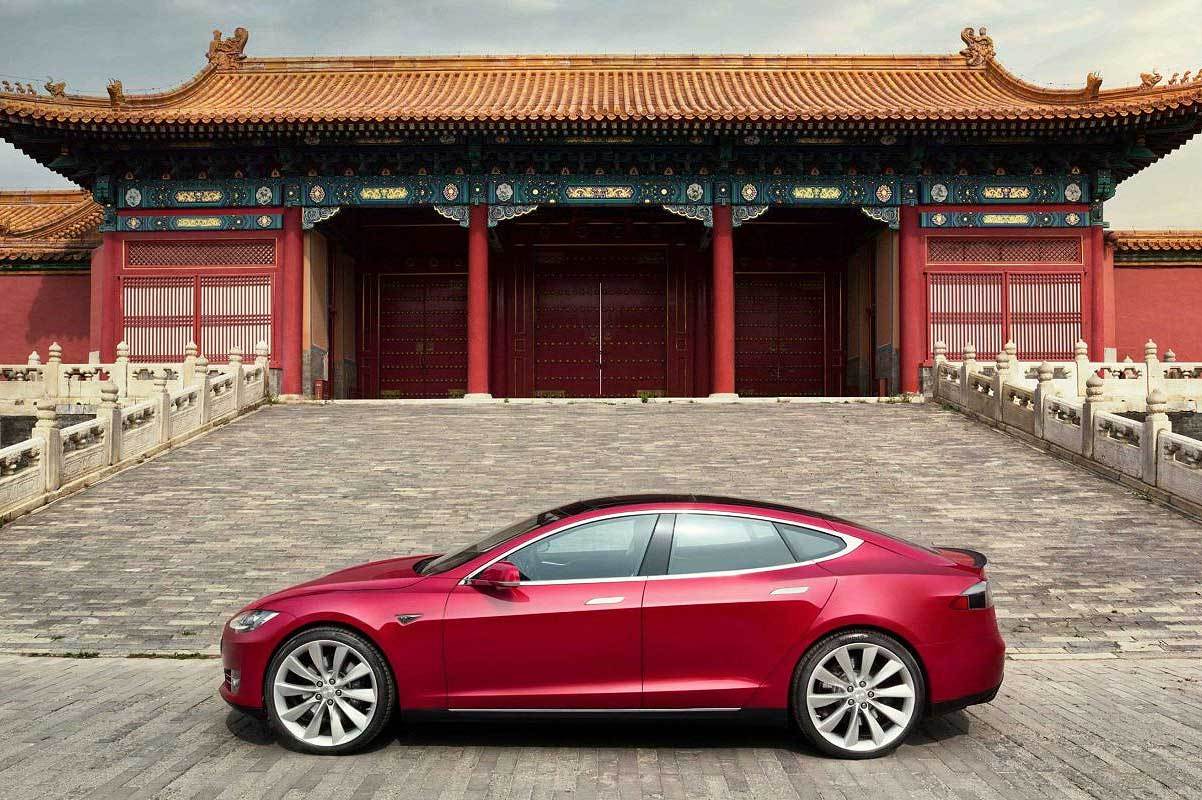Tesla Model 3 will receive a series of updates imminently. Among other improvements, the leaks cited a new steering wheel, a redesigned center console, new headlights and lamps, the elimination of the body’s chrome elements, and the addition of the heat pump already seen in the Model Y.
Now, a Nanking-based auto supplier has been reported to have received a massive order for 450,000 heat pumps from Tesla, which also began shipping in August. Therefore, everything seems to indicate that the presentation of the restyling of the Model 3 is imminent (some sources suggest that its revelation will take place on September 22 during Tesla Battery Day).
According to a document from the company, called Aotecar, two orders have been placed: one for 450,000 units per year that have been delivered since August, and another for 200,000 units per year that will be shipped from January 2021 (possibly as a reinforcement before the start of Model Y production at Giga Shanghai). Although Tesla is not explicitly mentioned in this document, it does say an American electric car manufacturer.
“In terms of new customers, the company has won another order from a well-known North American electric vehicle manufacturer in China. Mass manufacturing started in August 2020. Since 2020, domestic models from the customer’s Shanghai plant have been on the market. The answer is right, the sales performance is excellent, and it is expected to remain so.”
It is clear that, despite not giving specific names at any time, Aotecar refers to Tesla and the Model 3 manufactured in Giga Shanghai, which is achieving unprecedented success in the Chinese market (it has become by far the best-selling electric car in the Asian country, a milestone for the American company).
Thanks to the heat pump’s addition, the Tesla Model 3 will see its autonomy increased in cold climates. A heat pump works as a reverse air conditioning system: it is a thermal machine that takes heat from a cold space and transfers it to a warmer one. This system is much more efficient than resistance heating, which consumes more energy.

